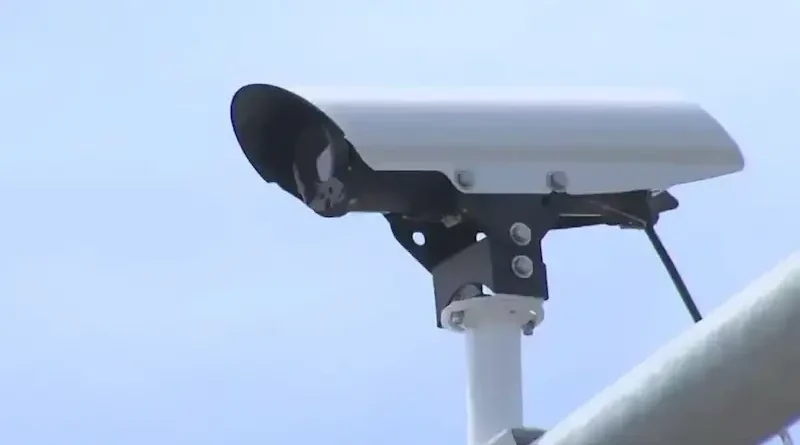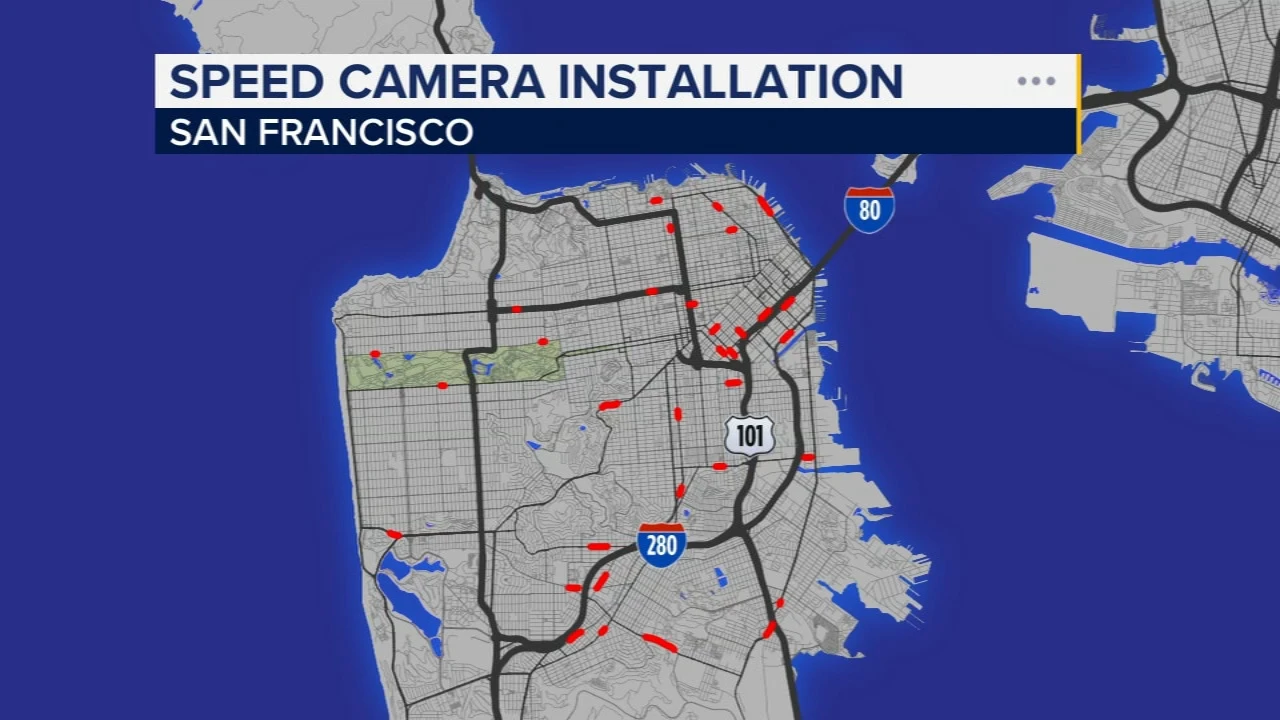Learning from Other States: California’s Approach to Freeway Cameras
In 2025, California is stepping up efforts to make roads safer by adding live freeway cameras in its busiest cities. Speeding is still a leading cause of accidents, and Assembly Bill 645 (AB 645) uses automated speed enforcement to help reduce crashes and protect drivers and pedestrians.
San Francisco has already installed 33 cameras as part of the program’s first phase. They are placed in spots where safety is most critical, like near schools, parks, and busy commercial streets.
Early reports show plenty of violations, which makes it clear just how much these CA freeway cameras are needed. Looking at how other states have handled similar programs can help California get it right from the start.
Arizona’s Example
Arizona has demonstrated the power of targeted speed enforcement on busy highways. On Scottsdale’s Loop 101, six cameras were installed over an 8-mile stretch, focusing specifically on areas with a history of speeding and accidents.
After installation, officials observed an 88 percent drop in vehicles traveling 11 miles per hour or more above the speed limit. The Arizona’s traffic cameras operate around the clock and provide photo and video evidence, ensuring that violations are documented accurately.
By focusing on high-traffic, high-risk corridors, the program effectively changes driver behavior, reduces accident risks, and improves overall traffic safety. The success on Loop 101 shows that carefully chosen camera locations can make a significant difference in preventing speeding.
Missouri’s Legal Lessons
Missouri’s experience highlights the importance of legal clarity in automated enforcement. In 2015, the Missouri Supreme Court struck down local red-light camera laws, ruling that issuing citations automatically without proper review violated state law. The court made it clear that enforcement has to follow proper legal procedures, and that tickets should hold drivers accountable for actual moving violations instead of being treated like simple parking fines.
This case shows that automated systems require a strong legal framework to prevent challenges and maintain public trust. Transparent rules, clearly defined procedures, and proper legal oversight are crucial for any automated traffic enforcement program to succeed.
Vermont’s Challenge
Vermont faced practical challenges when attempting to deploy speed cameras in highway work zones. The program relies on law enforcement officers to review footage and issue citations, but staffing shortages slowed implementation.
Approximately 17 percent of state police positions were vacant, causing delays in processing violations and limiting the program’s effectiveness. Officials noted that without sufficient personnel, cameras could not operate as intended, leaving high-risk areas less monitored and enforcement inconsistent.
The situation makes it clear that having enough personnel, equipment, and careful coordination is key, or the benefits of these systems can be greatly reduced.
New York’s Transparency
New York City has approached speed cameras with transparency as a top priority. Drivers always know where cameras are located because each one is clearly marked with signage. This allows drivers to adjust their speed before entering monitored zones.
In addition, the city maintains a public dashboard that provides detailed information about violations, revenue collected, and how the funds are used. This openness reassures residents that the system is focused on safety rather than just collecting fines.
By sharing data and keeping the program visible, New York has built trust with the public and encouraged compliance.
Pennsylvania’s Efficiency
Pennsylvania has demonstrated that the success of speed camera programs depends on both technology and efficient operations. In work zones, the state uses a centralized system to review footage and issue citations. This process minimizes delays, reduces administrative burdens, and ensures that tickets are processed fairly and promptly.
By notifying drivers right away, law enforcement can dedicate more time to monitoring and protecting other high-risk areas.
Washington D.C.’s Integration
Washington, D.C., has created a more dynamic system by combining speed cameras with other traffic technologies. The cameras work together with variable message signs, real-time traffic monitoring, and adaptive traffic controls. This allows enforcement to respond to changing traffic conditions and high-risk situations.
Drivers are warned with electronic signs before entering monitored zones, while the cameras capture violations and send data directly to traffic centers for action. This approach not only enforces speed limits but also improves traffic flow and prevents accidents.
By taking lessons from other states, California can ensure its live freeway camera program starts strong and works as intended. Thoughtful planning, clear rules, and the right resources will help make highways safer, protect drivers and pedestrians, and set the stage for a smoother, more efficient traffic system across the state.
Visit the rest of the site for more interesting and useful articles.


